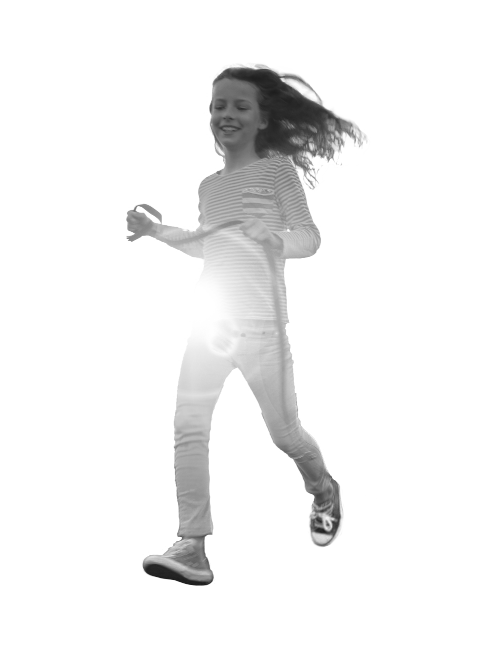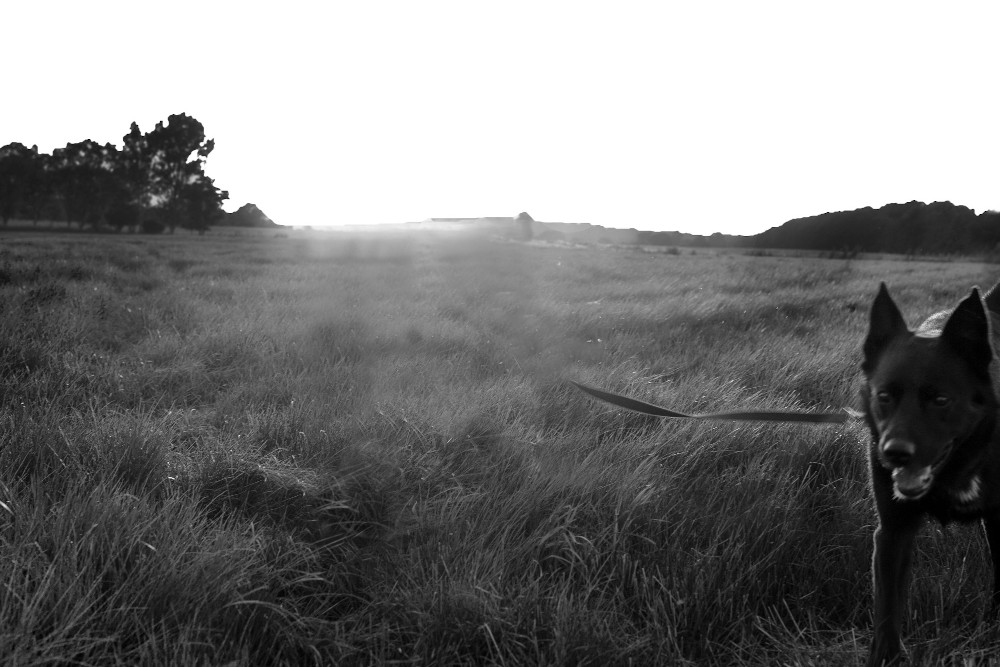Sisters With Scoliosis Encourage Screenings
Samantha and Halie, who both have scoliosis, have been coming to Shriners Children's Lexington for a decade. Scoliosis runs in their family, and thanks to early detection and intervention, the sisters are able to live full, active lives.
It was an exciting coincidence that they were able to celebrate their "graduation" from Shriners Children's care during National Scoliosis Awareness Month, which is recognized each June.
Scoliosis is a condition where the spine is curved, usually in a C or S shape. In the U.S., 2–5% of children will develop scoliosis, and diagnosing the condition is relatively simple.
Halie found her scoliosis when she was 9, and Samantha found hers when she was 13. Their father also had scoliosis, so their grandmother, Margaret, had been keeping a close eye on the girls' spines as they grew.
Margaret, who helped raise Samantha and Halie, learned about Shriners Children's from some Shriners who were regulars at the restaurant where she worked. The same Shriners even helped with transportation to the hospital for the girls' care, since they live several hours away.
Treating Scoliosis
Both girls are patients of Vishwas Talwalkar, M.D., a pediatric orthopedic surgeon at Shriners Children's Lexington.
Halie's spinal curve was more extreme than her sister's, so she required halo traction treatment. Halo traction is typically a first step in correcting severe scoliosis and other spine deformities. The halo is a ring device held in place on a child’s skull using several pins. It is held upright through a pulley system attached to a bed, a wheelchair or walker. A child’s head is lifted upward to lengthen the spine and stretch out surrounding soft tissue.
Children remain in the hospital the entire time they are in traction, typically three to eight weeks. Halie spent several weeks as an inpatient at the Shriners Children's Lexington's former location on Richmond Road, and said she has fond memories of the loving staff who kept her busy and comfortable during the whole process.
Eventually, Halie and Samantha each had spinal fusion surgery to permanently correct their curvatures and stabilize their spines. Halie said the process of surgery and recovery was easier than she had expected. She was able to return to school, and remain active in cheerleading and other things she loved.
Family Support
Scoliosis never stopped the sisters, who are extremely close, from doing the things they loved when they were children, and it still doesn't. These days, the girls are both working as dental assistants in orthodontic offices and share an apartment. Halie loves swimming, hiking, camping and fishing, while Samantha would rather relax and watch scary movies.
Halie said having a sister who understood what she was going through, "made the whole process easier." Samantha said she watched her little sister go through the process first, so she saw what it involved, and that made her feel more confident.
"Shriners Children's is an overall amazing place," Samantha said.
Her sister agreed. "I would recommend Shriners Children's to literally anyone," Halie added.
For Margaret, having Dr. Talwalkar and dedicated staff members there every step of the way was critical. "The people – the nurses, the doctors – they meant the world to us," she said. "They did everything and anything to make sure they were comfortable and cared for."
The girls said their final trip to Shriners Children's Lexington was bittersweet. "We won't miss the three-hour trips," Samantha joked. "But knowing we won't be back makes me sad," Halie added.
The people – the nurses, the doctors – they meant the world to us. They did everything and anything to make sure they [Samantha and Halie] were comfortable and cared for.
Screening for Scoliosis
During National Scoliosis Awareness Month, the family had some advice for others.
"If you suspect your child has scoliosis, get it looked at," Samantha said. "If left untreated, scoliosis can cause serious issues as you get older."
In instances where the curve of the spine is more severe and is left untreated, scoliosis has the potential to impact the heart, lungs and other internal organs as they grow and become more crowded.
Halie said parents should take just a few minutes to screen their children for scoliosis or ask their child's doctor to check for symptoms.
"That can make all the difference," Halie said.
Shriners Children's has a SpineScreen app that parents can download to help with screening for scoliosis. Make home scoliosis screenings a regular occurrence throughout the year by downloading the app through Google Play or the App Store.
When screening your child for scoliosis, look for symptoms like:
- Leaning to one side
- One shoulder appearing higher than the other
- One shoulder blade sticking out farther than the other
- One hip appearing higher than the other
- Head appearing not properly centered over the body
- When bending from the waist, the ribs on one side are higher
- Waistline appearing flat on one side
- Clothes not fitting correctly
- Hems that aren’t hanging evenly
Excellence in care



